If you are looking for a bright and cheerful flower that can add a splash of color to your garden or home, you might want to consider the Barberton daisy.
This plant, also known as the Gerbera daisy or the Transvaal daisy, is native to South Africa and has a long history of cultivation and popularity.
But what makes this flower so special and how can you grow and care for it? In this article, we will provide you with all the information you need to know about this plant.
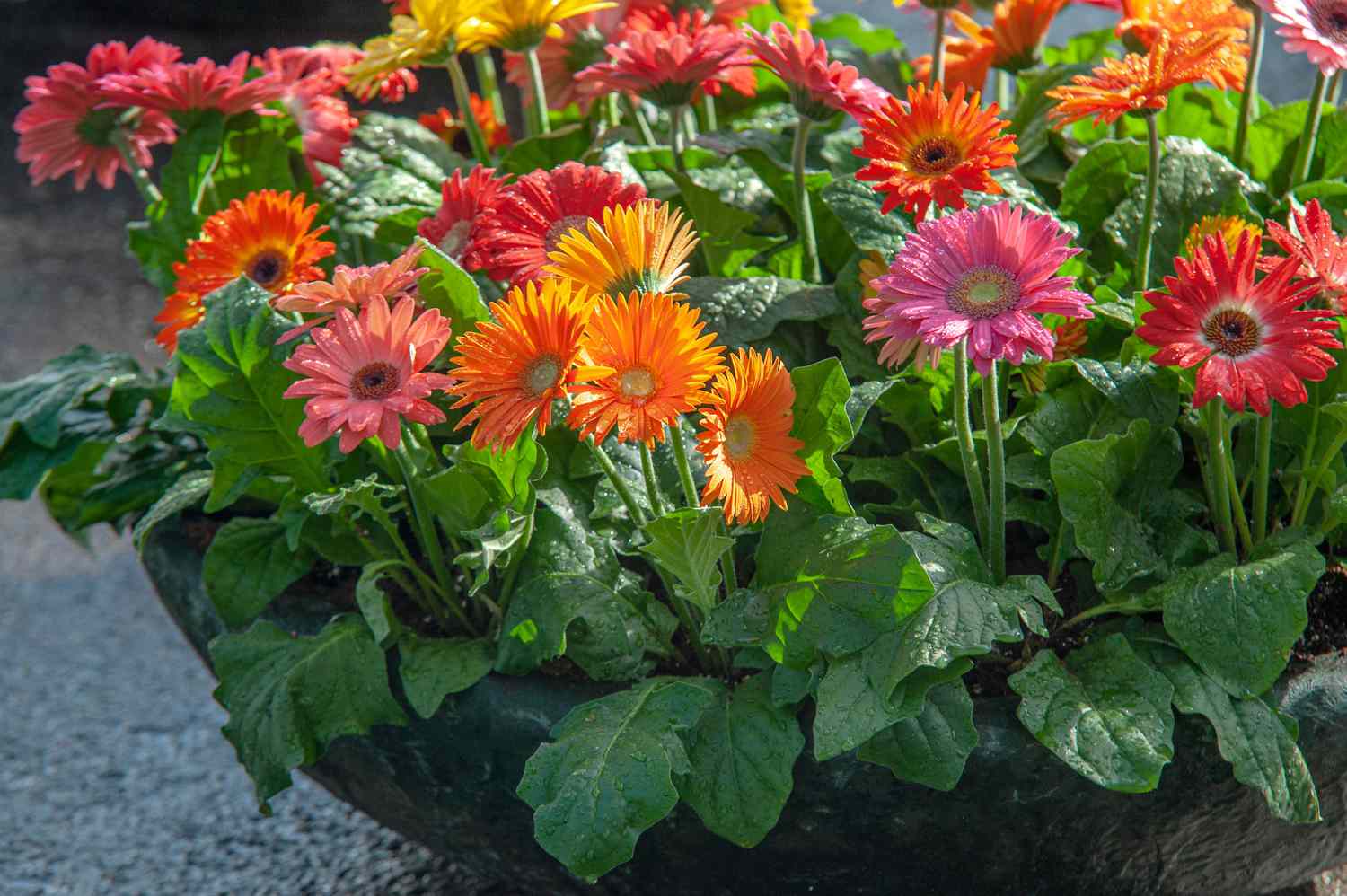
Table of contents
- Meaning and Origin of Barberton Daisy
- What are the Characteristics of the Barberton Daisy?
- Benefits of the Barberton Daisy?
- How to Grow the Barberton Daisy?
- How to Propagate the Barberton Daisy?
- Caring for the Barberton Daisy?
- What are the Varieties of the Barberton Daisy?
- FAQs
- Conclusion
- References
- Recommendations
Meaning and Origin of Barberton Daisy
The Barberton daisy belongs to the genus Gerbera, which was named after the German botanist and physician Traugott Gerber, who was a friend of Carl Linnaeus, the father of modern taxonomy.
The species name “jamesonii” was given in honor of Robert Jameson, a Scottish explorer, and naturalist who collected the plant near Barberton, a town in the Mpumalanga province of South Africa, in the late 19th century. Also, the plant was first described scientifically by Joseph Dalton Hooker in 1889 in Curtis’s Botanical Magazine.
The Barberton daisy has different common names in different regions and languages. In South Africa, it is also known as the barbertonse madeliefie or the rooigousblom in Afrikaans, meaning the Barberton daisy or the red goose flower, respectively. In other parts of the world, it is also called the African daisy, the Hilton daisy, or the Veldt daisy.
Furthermore, the Barberton daisy has various symbolic meanings depending on the context and the color of the flower. In general, it represents innocence, purity, cheerfulness, and joy. It is also associated with positive emotions such as happiness, gratitude, admiration, and loyalty.
The different colors of the barberton daisy can also convey different messages. For example, white daisies signify peace, innocence, and purity; yellow daisies signify friendship, optimism, and joy; pink daisies signify romance, femininity, and grace; red daisies signify passion, love, and courage; and orange daisies signify warmth, enthusiasm, and energy.
See also: What Is Home Compost? How to Start Composting at Home
What are the Characteristics of the Barberton Daisy?
The Barberton daisy is a herbaceous perennial plant that can grow up to 80 cm tall and 60 cm wide. It has a rosette of green, elliptical, lobed, or toothed leaves that are often leathery and felted beneath. The leaves can reach up to 68 cm long and 14 cm wide.
Furthermore, the plant produces one or more flowering stems from each rosette that bears a single, large, showy flower head at the end. The flower head, also called a capitulum, consists of many small, tightly clustered flowers or florets that form a circular disk surrounded by a ring of colorful ray florets.
The ray florets are the ones that give the flower its distinctive appearance and color. They are usually orange-red, but can also be yellow, white, pink, or other shades. The ray florets are female and have two lips: a large, strap-shaped outer lip and a small, thread-like inner lip.
Additionally, the disk florets are fertile and have five lobes and two lips that are curled and irregular. The flower head can measure up to 12 cm in diameter and can last for several weeks.
Finally, the barberton daisy can bloom at any time of the year, but usually flowers from September to December in its native habitat. The plant reproduces asexually by producing seeds that have a pappus of bristles that help them disperse by wind. The plant can also reproduce vegetatively by division or tissue culture.
See also: What Does it Mean to Dream About Plants?
Benefits of the Barberton Daisy?
The Barberton daisy has many benefits for humans and the environment. Here are some of them:
- The Barberton daisy is an excellent cut flower that can brighten up any room or occasion with its vibrant colors and long-lasting freshness. It is also a popular choice for bridal bouquets, floral arrangements, and corsages.
- The Barberton daisy is an effective air purifier that can remove harmful pollutants from the indoor atmosphere, such as benzene, formaldehyde, and trichloroethylene, according to a NASA study conducted in 1989. These pollutants can cause various health problems, such as headaches, nausea, irritation, and cancer. The Barberton daisy can also increase the oxygen level and humidity in the air, which can improve the respiratory and skin health of the people around it.
- The Barberton daisy is a beneficial plant for the wildlife garden, as it attracts bees, butterflies, and birds with its nectar and pollen. These animals help pollinate the plant and other plants in the area, as well as provide food and shelter for other creatures. The Barberton daisy is also deer-resistant, non-toxic to pets, and resistant to most pests and diseases.
- The Barberton daisy is a symbol of various positive meanings and emotions, such as innocence, purity, cheerfulness, joy, happiness, gratitude, admiration, loyalty, love, passion, courage, and more. It can be used to express these feelings to others or oneself, as well as to celebrate special occasions, such as birthdays, anniversaries, weddings, graduations, and more.
See also: Wake Robin: All You Need To Know About The Plants
How to Grow the Barberton Daisy?
The Barberton daisy is a relatively easy plant to grow, whether indoors or outdoors. Here are some tips on how to grow it successfully:
Firstly, choose a location that receives bright, indirect light for at least six hours a day. Avoid direct sunlight, as it can scorch the leaves and flowers. Also avoid shady locations, as they can cause overwatering and rotting. A south, east, or west-facing window is ideal for indoor plants.
Next, use a well-draining potting mix that contains peat and perlite. Avoid heavy or soggy soils, as they can cause root rot and fungal infections. Choose a pot that has drainage holes and a saucer to catch the excess water.
Furthermore, water the plant regularly, but not excessively. Keep the soil evenly moist, but not wet. Water the plant from the bottom, by placing it on a saucer of water and letting it absorb the moisture. Avoid watering from the top, as it can splash the leaves and flowers and cause diseases. Water the plant as soon as the soil feels slightly dry to the touch, or the plant will wilt quickly. Reduce the watering frequency in the winter, when the plant is dormant.
Additionally, fertilize the plant every two weeks during the flowering season, using a balanced liquid fertilizer that is diluted to half-strength. Use a potassium-rich fertilizer to promote more blooms and brighter colors. Stop fertilizing in the winter, when the plant is resting.
Lastly, prune the plant to maintain its shape and health. Remove any dead or damaged leaves and flowers, as well as any leggy or weak stems. Cut the stems back to the base of the plant, or to the first healthy leaf.
See also: Top 10 Spring Plants you don’t know about
How to Propagate the Barberton Daisy?
The Barberton daisy can be propagated by seeds, division, or tissue culture. Here are some methods to do it:
Seeds

Sow the seeds in a tray of moist potting mix in the spring or summer. Cover the seeds lightly with soil and place the tray in a warm and bright location. Keep the soil moist, but not wet. The seeds should germinate in two to four weeks. Transplant the seedlings into individual pots when they have two or three true leaves. Grow them in a bright and warm location until they are ready to be moved outdoors or to a larger pot.
Division

Divide the plant in the spring or autumn, when it is not in bloom. Carefully lift the plant out of the pot and shake off the excess soil. Cut the root ball into two or more sections, making sure each section has some roots and leaves. Plant the divisions in new pots or the ground, and water them well. Place them in a bright and warm location and keep the soil moist until they are established.
Tissue Culture

This is a more advanced and expensive method that requires specialized equipment and skills. It involves taking a small piece of tissue from the plant and growing it in a sterile culture medium under controlled conditions. The tissue can then be multiplied and differentiated into new plants that are genetically identical to the parent plant. This method can produce large numbers of plants in a short time and can also overcome some problems such as seed dormancy, low germination rate, or disease transmission.
See also: Straw Bale Gardening: A Beginner’s Guide
Caring for the Barberton Daisy?
The Barberton daisy is a low-maintenance plant that does not require much attention once it is established. However, some basic care tips can help the plant thrive and bloom more:
- Provide the plant with adequate light, water, and fertilizer.
- Protect the plant from extreme temperatures, frost, and strong winds. The plant can tolerate a wide range of temperatures, from 10°C to 30°C, but prefers a warm and humid climate. The plant can survive a light frost, but not a hard freeze. If the temperature drops below 5°C, bring the plant indoors or cover it with a frost cloth. The plant can also be damaged by strong winds that can break the stems or blow away the flowers. Place the plant in a sheltered location or stake the stems to support them.
- Monitor the plant for any signs of pests or diseases. The plant is generally resistant to most pests and diseases, but it can occasionally be attacked by aphids, spider mites, whiteflies, thrips, mealybugs, scale insects, or fungal infections. If you notice any of these problems, use a mild insecticidal soap or fungicide to treat the plant, or remove the affected parts and dispose of them. Avoid using harsh chemicals that can harm the plant or the environment.
- Deadhead the plant regularly to prolong the flowering period and prevent seed formation. Remove the spent flowers as soon as they fade, by cutting them off at the base of the stem. This will encourage the plant to produce more flowers and prevent it from wasting energy on seed production. You can also collect the seeds if you want to propagate the plant or share it with others.
See also: Lewisia: All you need to know about the Garden Flower
What are the Varieties of the Barberton Daisy?
The barberton daisy has many varieties that differ in their colors, shapes, sizes, and patterns. Some of the most common and popular varieties are:
- Gerbera jamesonii ‘Barberton’: This is the original and most common variety of the barberton daisy, which has orange-red ray florets and yellow disk florets. It is also the parent of many other varieties and hybrids.
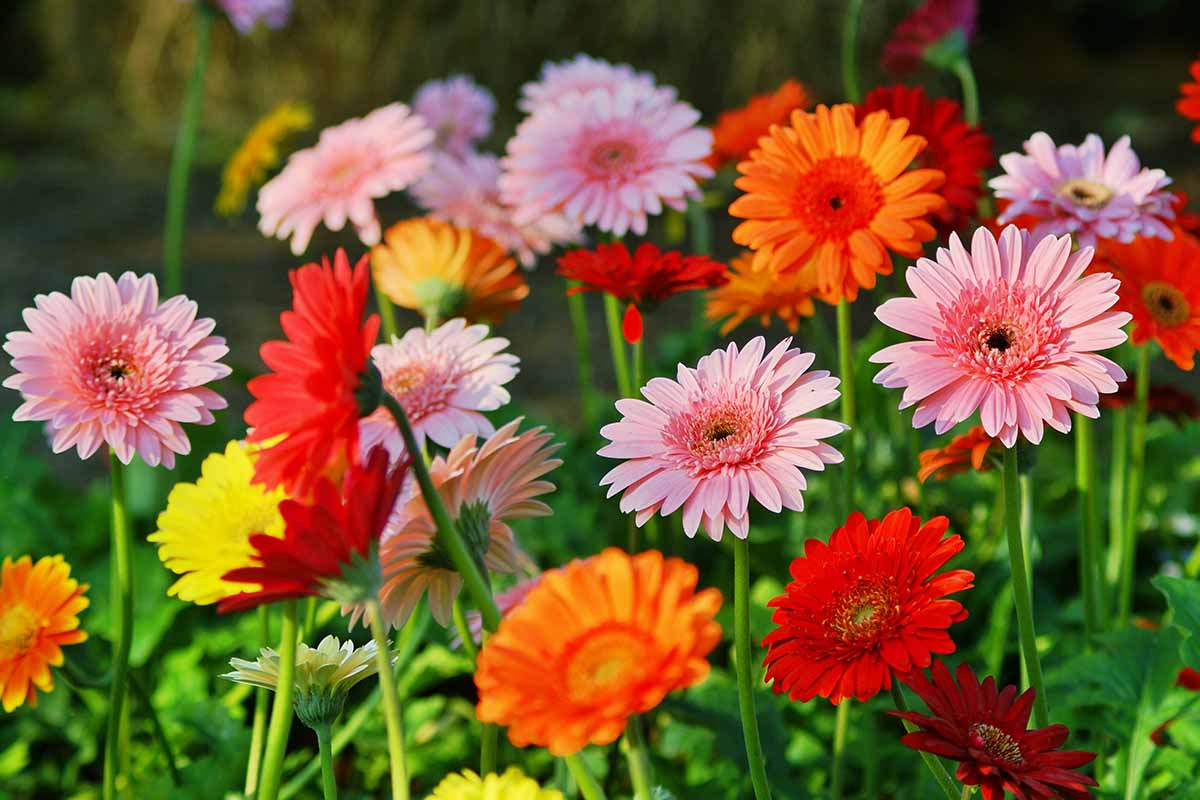
- Gerbera jamesonii ‘California Giant’: This is a large-flowered variety that has ray florets that can measure up to 15 cm in diameter. It comes in various colors, such as yellow, orange, pink, red, and white.

- Gerbera jamesonii ‘Festival’: This is a dwarf variety that has ray florets that can measure up to 8 cm in diameter. It comes in various colors, such as yellow, orange, pink, red, and white, and some of them have bicolor or double petals.
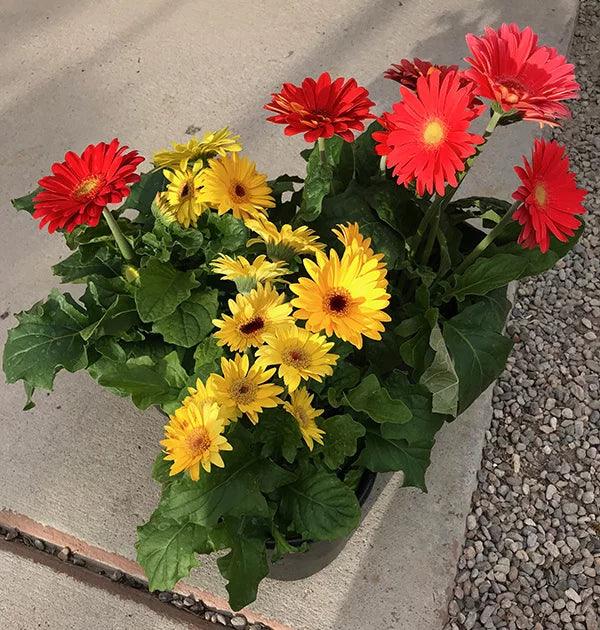
- Gerbera jamesonii ‘Germini’: This is a miniature variety that has ray florets that can measure up to 5 cm in diameter. It comes in various colors, such as yellow, orange, pink, red, and white, and some of them have bicolor or double petals.
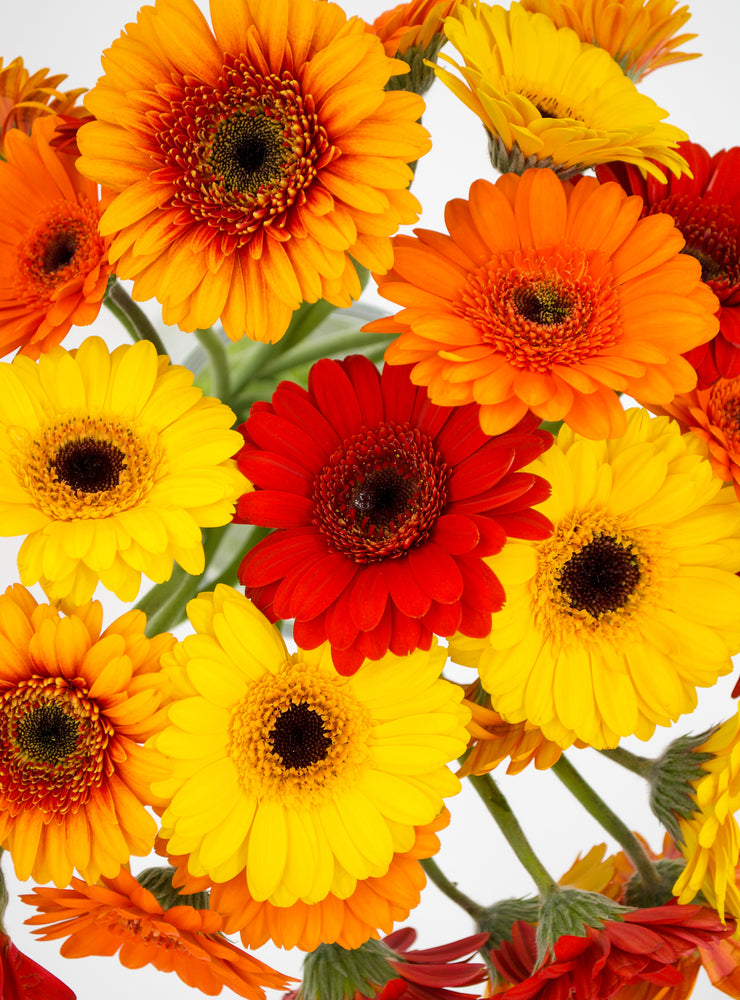
- Gerbera jamesonii ‘Harley’: This is a novelty variety that has ray florets that are twisted or quilled, giving them a unique and interesting appearance. It comes in various colors, such as yellow, orange, pink, red, and white.
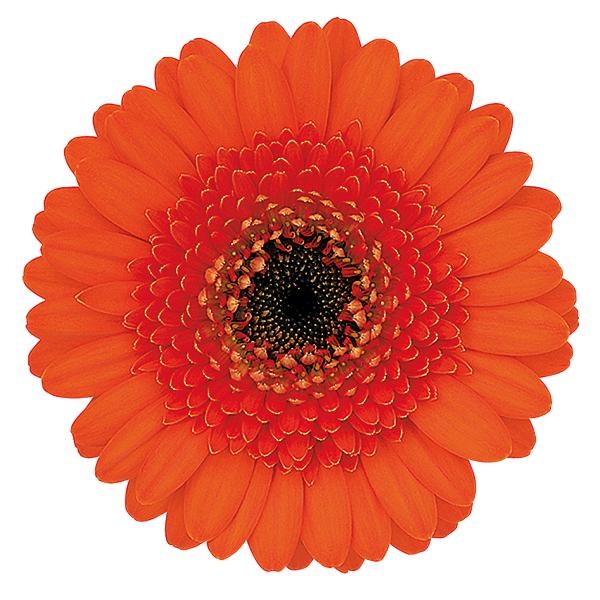
See also: IFT Seeding The Future Global Food System Challenge
FAQs
Gerbera daisies need regular watering, about once every 3 to 5 days. Water only when the top of the soil has dried. It is best to water your Gerbera plants in the morning, moistening the soil that the plants grow in. Avoid getting water on the flowers.
They prefer areas that stay above 6 degrees at night, although they do withstand light frost. If you live in a region that experiences frost, it’s best to plant your Barberton daisies in a shady spot. They love the sun and happily withstand the full force of its heat.
Conclusion
The Barberton Daisy, with its captivating colors and rich history, has rightfully earned its place as a cherished flower worldwide. Whether you’re a seasoned gardener or a novice enthusiast, cultivating and caring for these beauties can be a rewarding experience.
From propagation to seasonal care tips, Barberton Daisies offers a wealth of possibilities for creating vibrant and thriving gardens. Embrace the beauty and versatility of the Barberton Daisy, and watch as your garden comes to life with a kaleidoscope of colors throughout the year.
References
- houseplantsexpert.com – Barberton Daisy
- wikipedia.org – Gerbera jamesonii
Recommendations
- How to Propagate Monstera: Green Thumb Techniques for Lush Plant Growth
- How to Propagate Aloe: Plant Cultivation Method
- How to Get Rid of Ground Hornets
- How to Dry Roses Quickly | Best Expert Guide
- How Far Apart to Plant Tomatoes: Gardening Spacing Technique
- Ferns: Are they Perennial Plant ? All you need to know





